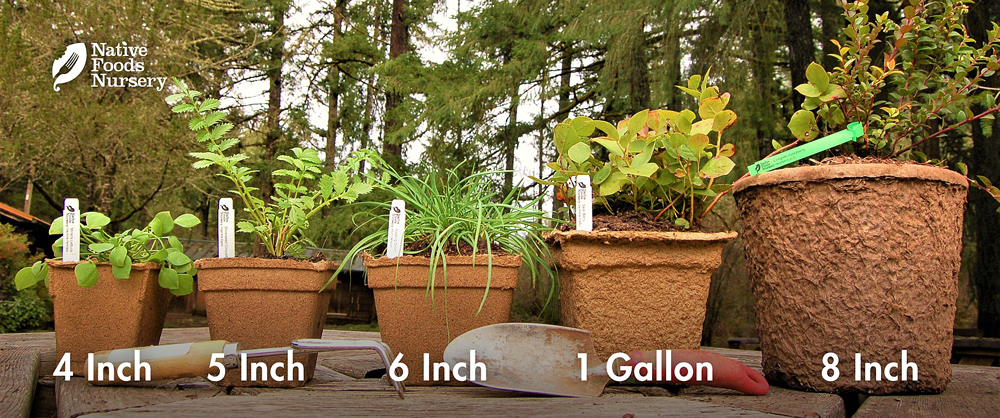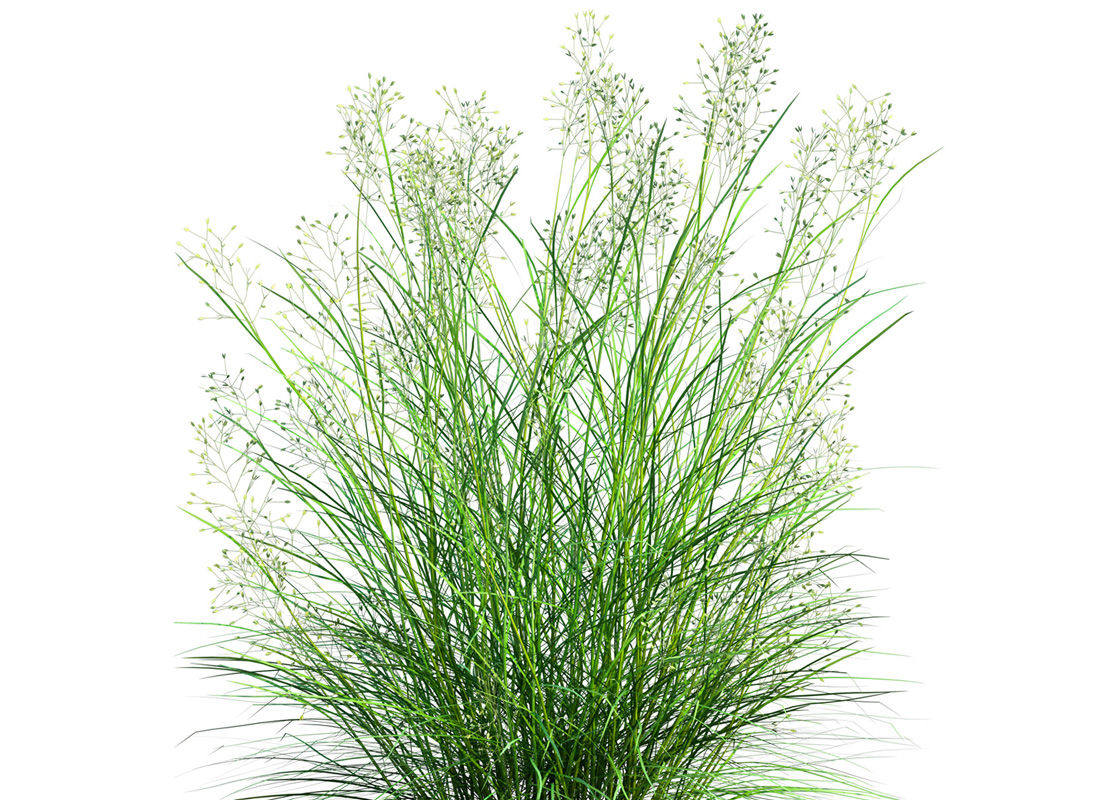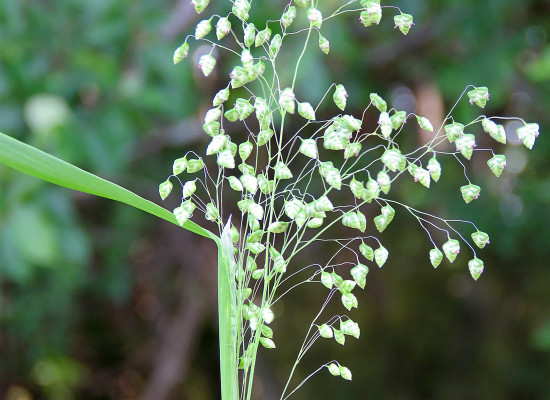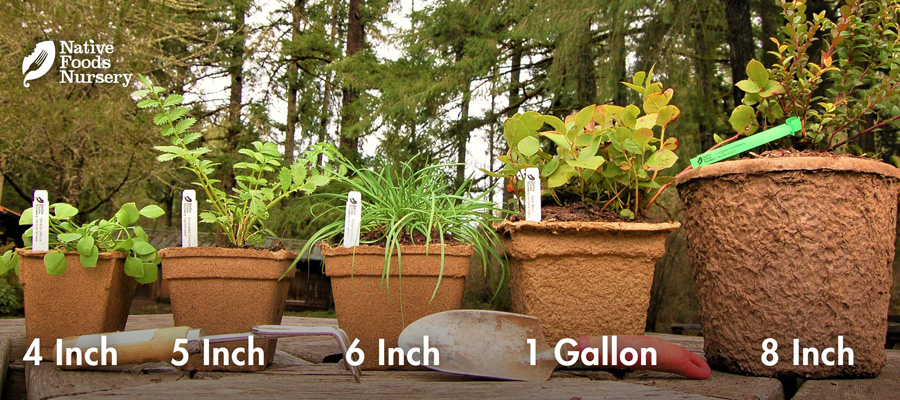Indian Ricegrass
- Current Stock:
- 0
- Other Names:
- Indian Millet, Montina
- Latin Name:
- Oryzopsis hymenoides, Achnatherum hymenoides
Indian Ricegrass is a perennial cereal grain and nitrogen fixer native to the drier parts of Western North America.
Edible Uses
Native American peoples, wild foragers, and sustainable gardeners have and continue to value this plant as food. It has a pleasant nutty flavor, is quite nutritious, is very Winter-hardy, and even fixes nitrogen (making it a “companion plant”, as well)! Indian Ricegrass seed is a native food high in protein, high in fiber, and it’s naturally gluten-free. It can be eaten raw, cooked like oatmeal, roasted into gomasio, or made into flour to make breads or thicken soups. In fact, it’s so good that, since 2000, Indian Ricegrass has been commercially grown, harvested, and milled to create a gluten-free flour product called “Montina”.
Ornamental Qualities
Indian Ricegrass has strong ornamental qualities. It’s branching, wavy flower stalk and seed pods are so interesting and unique that it’s often used in flower arrangements. In the home landscape, a patch of these bunchgrasses creates a beautiful natural prairie look. This is a perfect plant for dryland gardens or drought-restricted areas. It grows beautifully with other native grasses like Wild Rye and Slender Hairgrass, or alongside native wildflowers like Great Camas or Tiger Lily.
Environment and Culture
Indian Ricegrass’s wild home is in the drier parts of the West (generally East of the Cascades), from BC down to Southern California. As a plump and nutritious groundcover, it provides food and cover for a wide variety of animals, including elk, deer, and a myriad of birds and rodents. It’s wildlife value along with its nitrogen fixing and erosion control capacities make it a superb restoration plant. As a perennial, it grows back every year, so you don’t have to till and re-plant like most grain crops - making it an incredible asset to sustainable gardening/farming. It will eventually form a groundcover if conditions are favorable, as it spreads from seed - not vegetatively.
Northwest Native American tribes today still value this special plant as food, medicine, and family. Despite great cultural losses, they continue to work towards stewarding and restoring wild populations, both strengthening the integrity of the ecology and sustaining their cultural heritage and wisdom. These strong and recovering peoples and plants deserve our respect, gratitude, and reparations. (Learn more & how to help on our Charitable Giving page.)
Harvest, Care, and Preparation
Unless there is high predation by birds, allow seed heads of Indian Ricegrass to dry down on the plant into late Summer. When the seed pods are dry and brown, the grass stems can be cut, overturned in a bucket and shaken vigorously to free the seed. This can also be done by simply bending the flower stalks (still attached) into the bucket and shaking. Then, use wind, your breath, or a fan to separate the lighter chaff from the heavier seed. Or, you can put the mixture in a pot of water - the seed will sink and the chaff will float.
It's best to first toast seeds in a frying pan to remove tiny hairs before eating. Then, they can be boiled and eaten just like oatmeal or other breakfast grains - with honey, fruit, etc. Seed can be also be roasted and partially ground, then mixed with salt and other spices to make a gomasio. However, it is most often ground into gluten-free baking flour and used in muffins, breads, and the like. Enjoy this nutritious, native edible!
Native Range: Western States
USDA zones: 3-9
Ease of Care: Easy
Deer Resistance: Moderate
Light Requirements: Full Sun
Soil Type: Any, prefers sandy well-drained
Water Requirements: Dry-Moist
Pollination: Self-Fertile
Bearing Age: 2 yrs from seed
Size at Maturity: 8 -30 inches
Plant Spacing: 18-24 inches
Bloom Time: Late Spring
Harvest Time: Late Summer
Pot Sizing Guide













